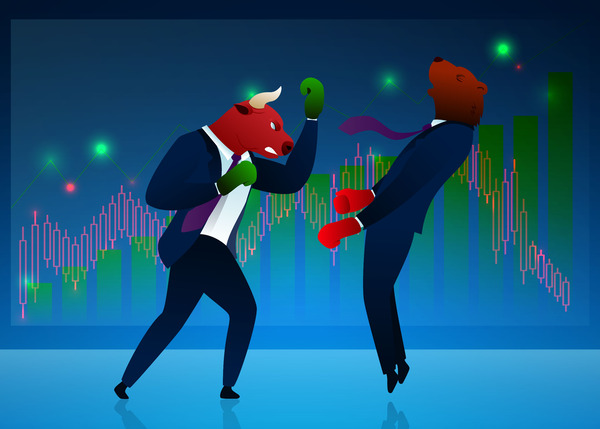The rapid increase in interest rates over the last 18 months has changed investor sentiment about “cash” investments. Short-term cash investments such as money market mutual funds and Treasury bills now pay around 5%. Meanwhile, over the last two years, the overall stock market has gone basically nowhere, with a lot of volatility along the way.
Stock prices start to rally higher, and just as investors feel confident, prices then turn down. The major market indexes have dropped by about 10% in the three months since the end of July.
As a result, investors have put a massive amount of new money into money market mutual funds instead of into stocks.
This move will, at some point, be the fuel for the next stock market bull market…

It is easy to understand how investors are more comfortable putting large amounts of their investment portfolios in safe 5% investments. A recent Wall Street Journal article highlighted how money market mutual fund assets have climbed from about $3 trillion in 2020 to over $5.5 trillion today. The article also pointed out that, over the last two years, institutional investor cash allocation percentages have climbed from the mid-teens to the low 20s.
The bottom line is that trillions of dollars have come out of riskier investments into safer cash equivalent holdings. This is also money that could quickly flow back into stocks if investors believe the next bull market has started.
What could trigger the movement of money market fund cash back into stocks?
Historically, as we go from the third quarter into the fourth quarter, inflows to stock funds increase dramatically. Recently, TheMarketEar.com reported that equity funds should see inflows of $2.5 billion per day starting in November. The window for corporate stock buybacks stays open until December 8, and the following month could be the strongest period of the year for buybacks, adding $5 billion per day of stock demand.
If stocks rally into the end of the year, investors will start to feel left behind and may begin to move cash into stocks. A final trigger would be the Federal Reserve hinting at when it will start to cut interest rates. When the Fed begins lowering rates, the money market mutual funds yields will also decline.
Real estate investment trusts (REITs) have performed especially poorly as interest rates have increased. The opposite (share price gains) should happen when rates fall, and investors pile cash back into the market. The trick is to figure out the timing of the start of the next bull market.REIT stocks pay attractive dividends, so if you get in a little early and wait patiently for the upcoming bull market, you will be paid well. The Hoya Capital High Dividend Yield ETF (RIET) pays monthly dividends and yields more than 10%. Just make sure you get the stock symbol right!





